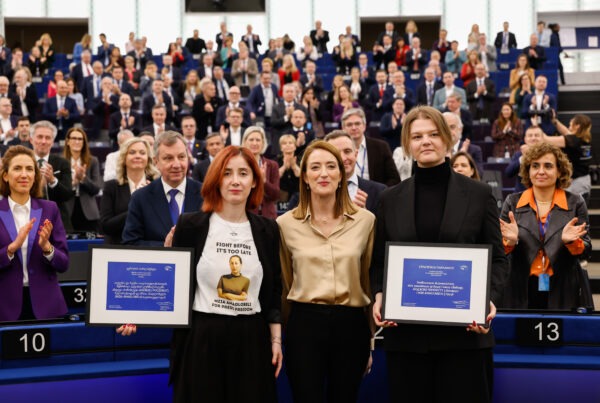CEMR calls on Executive Vice-President designate for Cohesion and Reforms Raffaele Fitto to preserve and reinforce the foundations of Cohesion policy
Looking ahead to the Executive Vice-President Designate for Cohesion and Reforms Raffaele Fitto hearing on November 12, the Council of European Municipalities and Regions (CEMR) issues a strong call to ensure that future reforms to Cohesion Policy preserve its essential role in line with the Treaty objective of reducing economic, social and territorial disparities.
Cohesion Policy is the EU’s main investment policy addressing and correcting economic, social and territorial inequalities. Amid mounting challenges —including Europe’s search for a competitive model— CEMR calls for a proactive approach to reinforce the policy’s original objectives.
CEMR’s expert group on territorial cohesion recently convened to discuss the next multi-annual financial framework. “We count on the European Parliament’s support,” said Michael Schmitz, Chair of the CEMR expert group on territorial cohesion, in response to centralisation concerns. “MEPs can still prevent the centralisation of EU funds and uphold the principles of shared management and partnership.”
CEMR Priorities for Cohesion Policy
Commitment to Multi-level Governance and the Partnership Principle
For EU investments to be effective, decision-making must involve all levels of governance and respond to local needs. CEMR advocates for a governance model where EU reforms are designed with local beneficiaries in mind. Cohesion Policy managed locally, brings EU funds closer to citizens, avoiding the centralisation trends observed in recent policies like the Common Agricultural Policy and the Recovery and Resilience Fund.
Support for locally driven Sustainable Growth and Competitiveness
Cohesion Policy underpins the European project, ensuring growth and competitiveness reach all territories, beyond capital cities. At the same time, Local and Regional Governments are responsible for more than half of public investments in the EU. For these reasons, CEMR urges the EU to earmark Cohesion Policy funds for local public services and essential local investments.
A Long-Term Vision with Simplified Rules
Cohesion Policy should minimize bureaucratic obstacles. To ease access for beneficiaries, CEMR calls for a streamlined set of rules for all EU funds, allowing municipalities, cities, and regions to identify their own priorities flexibly.
Cohesion Policy at the Heart of the EU
CEMR affirms that Cohesion Policy is integral to the EU’s long-term project, essential to resilience in times of crisis, and calls on the incoming Commission to heed the High-Level Specialists Group’s recommendations and ensure that the 2028–2034 Cohesion Policy remains resilient, sustainable, and locally driven.
As a founding member of the Cohesion Alliance, CEMR stands ready to collaborate with the Executive Vice-President Designate for Cohesion and Reforms, Raffaele Fitto, to shape a Cohesion Policy that provides equal opportunity, resilience, and sustainable growth for all European territories.
Read more in our position paper here

Advisor – Territorial Cohesion & Local Finances






